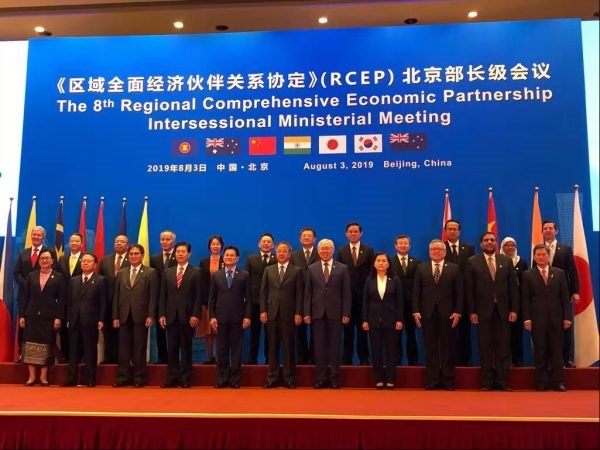Regional Comprehensive Economic Partnership (RCEP)
Context:
- According to the recent reports it is being observed that the RCEP has benefitted China more than any other country in the group.
- India decided to withdraw from RCEP on November 4, 2019, at the third Regional Comprehensive Economic Partnership (RCEP) summit held in Bangkok.
About RCEP:
- The Regional Comprehensive Economic Partnership (RCEP) is a comprehensive free trade agreement which is negotiated between the 10 ASEAN Member States and ASEAN’s free trade agreement (FTA) partner countries viz. Australia, China, India, Japan, Korea and New Zealand.
- However India decided not to join the RCEP following which there are 15 members in the grouping.
- These countries together represent around 30 per cent of global GDP.
Why India chose to stay away from RCEP?
There are multiple reasons for India not joining RCEP which are listed below:
- Not agreeing on amendments in tariff differentials,
- alterations in the base rate of customs duty,
- modifications to the most favoured nation (MFN) rule,
- incorporation of certain exemptions into ratchet obligations within the agreement, and the recognition of India’s federal character in investment determinations.
- The most deciding factor behind India’s withdrawal from RCEP was the presence of China.
- China is a country with which India already has a substantial trade deficit even without a formal FTA.
- There was fear that India’s trade deficit could widen further if it opened its markets to cheaper Chinese goods without commensurate market access for Indian products in other RCEP countries.


